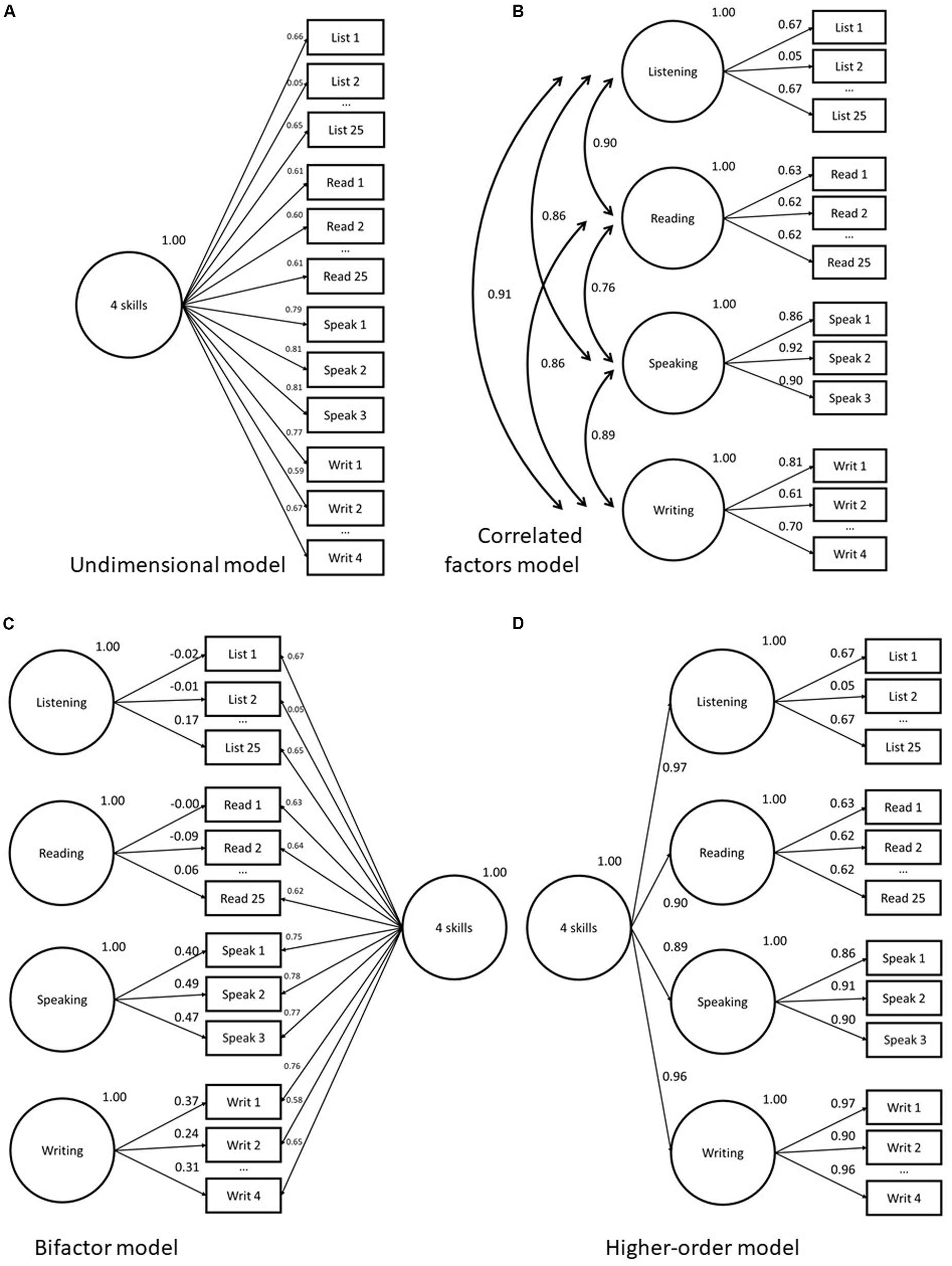We thought of the following structure:
Taxon (lvl1)
pathmodels (#relations btw. manif. variables)(lvl2)
cfa (#relations of lat onto manif. var, which are not correlated) general sem (#combination of both) (lvl2)
simple cfa( #as part of cfa #81 #standalone factor) (lvl3)
hierarch. cfa( #as part of cfa) (lvl3)
Longit. mods (#as oart of general sem) (lvl3)
cross-sect. models(#a part of general sem) (lvl3)

related #32 #82